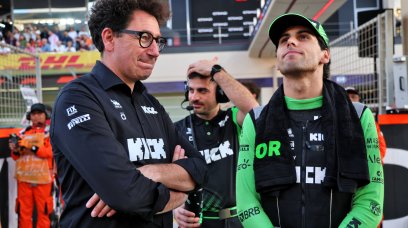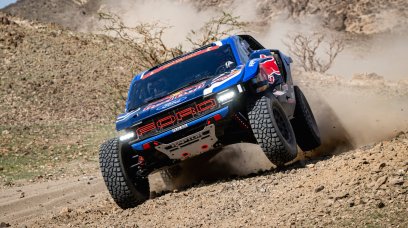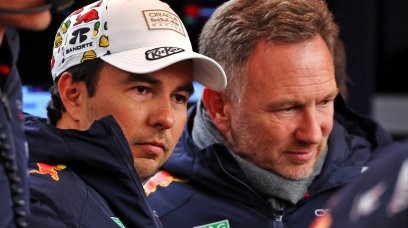F1 will return to Melbourne for the first time since 2020's cancelled Australian Grand Prix to find an Albert Park Circuit that has gone through numerous modifications over recent months. The street circuit has played host to many a memorable race since it was first added to the calendar back in 1996, often chosen as the opening act to the new season. But, with the cars now very different to how they were 26 years ago, the track has been updated ahead of the 2022 event. Here are the five big changes that have been made to Melbourne's Albert Park Circuit:
Four corner apexes moved
In an attempt to offer more overtaking opportunities, a number of Albert's Park's corners have been widened. The apex of Turn 1 has been moved two-and-a-half metres to the right, widening the entry point to the corner at the end of what will remain a DRS zone for 2022. The organisers are hoping that widening Turn 1 will help cars follow closely through Turn 2 and into Turn 3, which has also been widened by four metres. Turn 6 has been widened by a massive seven metres, transforming the corner from a narrow mid-speed entry into a fast-paced sweeper. So too has Turn 13 (once Turn 15), with the section increased in width by three-and-a-half metres.
Two slow corners bypassed entirely
Perhaps the biggest change of all ahead of the 2022 event will be the increase in speed around the Albert Park Circuit. The organisers are anticipating a new top speed of 330 kilometres per hour, thanks to the removal of the tight chicane that was Turns 9 and 10. The low-speed, right-left chicane is now gone, bypassed entirely to extend the track's back 'straight' considerably. That straight will now become a new DRS zone, it is hoped, although that depends entirely on FIA approval.
New overtaking spot with wide entry
The final layout tweak comes at the new Turn 11 (once Turn 13), where the corner has been tightened dramatically to offer overtaking opportunities into the braking zone. The apex of the corner is now tighter than previously and the track's surface has also been cambered in a way that should help cars run side-by-side. But, crucially, the approach to the corner has also been widened by three metres, allowing attacking cars more room to get alongside their rivals.
Track has been resurfaced; three new punishing kerbs
For the first time since 1995, the entire Albert Park circuit has undergone fresh resurfacing, helping to lower the lap time by around five seconds per lap. There will also be new kerb profiling at three corners – Turns 3, 11 and 13. The kerbs will seek to penalise those who overuse them, say the event organisers.
Pit lane widened to increase strategy options
The final tweak to the Albert Park Circuit could have a huge impact on Sunday's race, especially in terms of race strategy. Melbourne's narrow pit lane has been significantly widened, allowing the speed limit to be lifted by 20 kilometres per hour As a result, pitting for new tyres at Albert Park will be far less punishing than before, allowing teams the option to push their drivers towards a two-stop or perhaps even a three-stop race.
Most read





